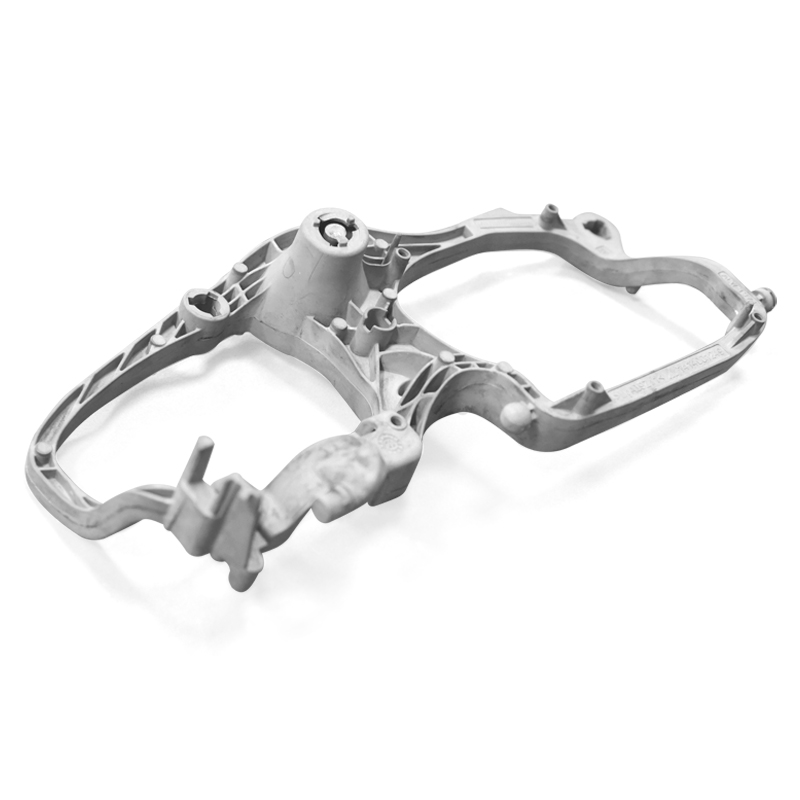Machining large parts can be a challenging task that requires careful planning and execution. These parts often have complex geometries and tight tolerances, and machining them requires specialized techniques and strategies to ensure success. In this article, we will discuss some of the key considerations and best practices for machining large parts.
1. Machine Selection
The first step in machining large parts is selecting the appropriate machine for the job. Large parts often require large machines with high horsepower and torque capabilities to handle the load. CNC machines are often the best choice for machining large parts, as they offer precision and control that manual machines cannot match.
When selecting a machine, it is important to consider the size of the part and the machine\’s capabilities. The machine should be able to handle the size and weight of the part without compromising accuracy or safety. Additionally, the machine should have the necessary tooling and accessories to complete the job.
2. Tooling Selection
Tooling selection is also a critical factor in machining large parts. The right tools can help to improve accuracy, reduce cycle time, and extend tool life. When selecting tooling, consider the material being machined, the part geometry, and the machining parameters.
For large parts, it is often necessary to use specialized tooling such as long-reach cutters or custom-made tooling to reach deep inside the part. It is also important to choose tooling that can handle the high cutting forces and heat generated during machining.
3. Fixture Design
Fixturing large parts can be challenging, as they often require custom fixtures to hold them securely in place during machining. The fixture should be designed to provide maximum support and stability while minimizing interference with the cutting tool.
When designing the fixture, consider the part geometry, material, and tolerances. The fixture should be able to accommodate the part without distorting it or causing any damage. Additionally, the fixture should be designed to allow for easy loading and unloading of the part.
4. Cutting Parameters
The cutting parameters used for machining large parts are critical to achieving the desired results. The parameters should be selected based on the material being machined, the type of tooling being used, and the part geometry.
When setting the cutting parameters, consider the cutting speed, feed rate, and depth of cut. These parameters should be optimized to achieve the best balance between tool life, cycle time, and surface finish. It is also important to monitor the cutting parameters during machining and make adjustments as necessary to ensure consistent results.

5. Quality Control
Finally, quality control is an essential part of machining large parts. The parts should be inspected at various stages of the machining process to ensure they meet the required specifications. This can include dimensional and surface finish measurements, as well as visual inspections for defects or damage.
In addition to in-process inspections, it is also important to perform a final inspection of the finished part. This can include a detailed inspection using CMMs or other measurement equipment to verify the part meets all required specifications.
결론
Machining large parts can be a complex and challenging process, but by following these best practices, you can achieve success and produce high-quality parts. Remember to select the right machine and tooling, design a sturdy fixture, optimize the cutting parameters, and perform thorough quality control inspections to ensure the best results. With these strategies in place, you can tackle even the most demanding machining projects with confidence.

 0086-750-5616188
0086-750-5616188 +86 13392089688
+86 13392089688 sales@zhongmei-tech.com
sales@zhongmei-tech.com













